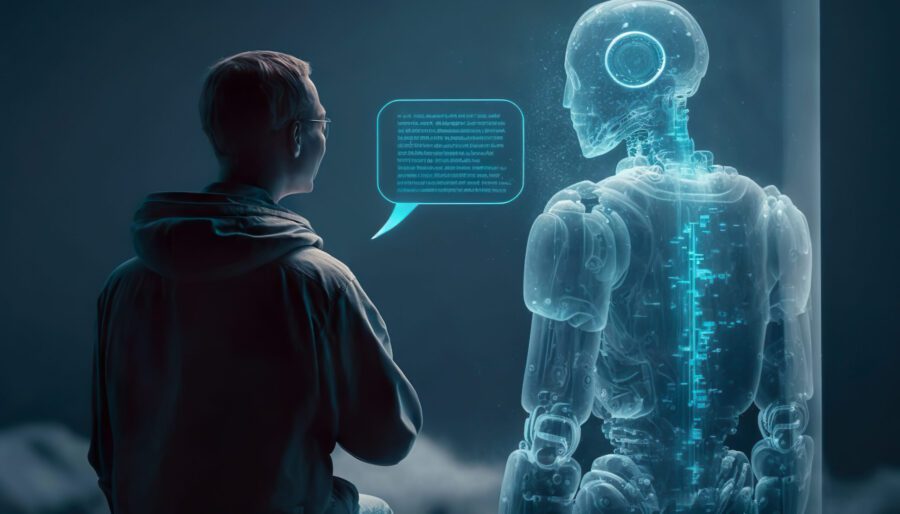
It’s easy to think of LLMs (large language models) as just ‘hallucinating’ or mere generators of text. A glorified LSTM so to speak. While there are some limitations of LLMs (and indeed they are evolving), a far more interesting question to explore is: How can LLMs be used in enterprise applications?
In many ways, enterprise applications of LLMs can overcome some of the problems. One possible solution is a combination of Azure Cognitive Search and Azure OpenAI Service. Taking a B2B perspective, the solution involves “chatting with your own data”.
How to chat with your own data?
Let’s break this process down: How can you chat with your own data?
Azure Cognitive Search uses built-in AI capabilities that enrich information to help you identify and explore relevant content at scale. Cognitive search covers vision, language, and speech, or custom machine learning models including semantic search. These results are combined with GPT-3s capabilities for natural language processing to answer questions. You can thus build in new reasoning and comprehension capabilities for your conversation agents.
Thus, the Azure OpenAI Services allows you access to ChatGPT and lets you develop your enterprise apps using large pre-trained AI models. In addition, Azure OpenAI provides critical functionality like responsible AI, security, and REST API deployment. You can also filter and moderate the content of your users’ requests and responses to ensure that coding and language AI models are used responsibly for their intended purpose.
The implementation of “Chatting with your own data” also involves other elements such as prompt engineering; citations and supporting content to support results; emerging interaction patterns(ex: breaking down a query and referring to external sources as needed); Semantic ranking, Summarization of responses, etc.
I believe such applications represent the future of LLMs i.e. instead of consumer-facing applications, we are likely to see more practical and useful services proliferate.
